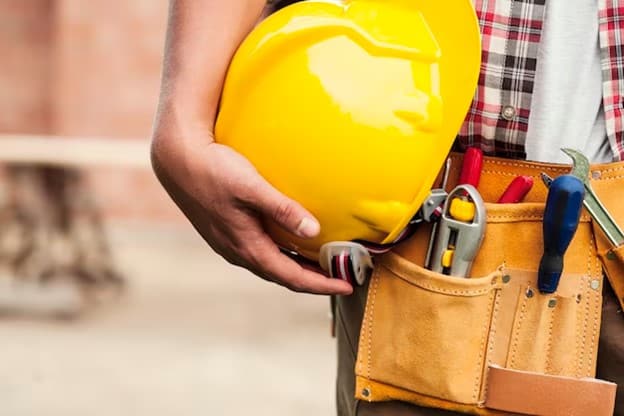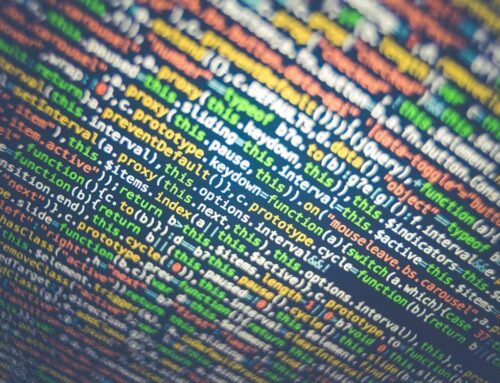Routine maintenance checks are the cornerstone of sustained success and longevity for commercial properties. In the dynamic landscape of property management, these regular inspections serve as a proactive shield against potential issues that could jeopardize the efficiency, safety, and overall well-being of a commercial space. By identifying and addressing concerns early on, businesses can not only save significant costs in the long run but also extend the lifespan of critical equipment and systems. Compliance with safety regulations, preservation of property value, and positive tenant relationships are additional dividends of a well-executed maintenance routine. This introductory commitment to systematic checks ensures not only the operational efficiency of a commercial property but also safeguards against risks, contributing to a resilient, sustainable, and thriving business environment.
Preservation of Asset Value

Preserving the value of commercial real estate involves a significant investment, where regular maintenance stands as a pivotal factor. Consistent upkeep serves to spot and resolve issues before they burgeon into larger problems, averting expensive repairs and structural harm. Employing a proactive maintenance approach empowers property owners to elongate the life expectancy of their buildings and infrastructure, securing their initial investment.
Take, for instance, the strategic integration of weep holes or a comprehensive gutter system within the building’s design, aiding in effective moisture control. You might find yourself wondering, “what is a weep hole?” These deliberately placed gaps in a structure, commonly found in exterior walls, facilitate the drainage of surplus water, especially from areas prone to moisture accumulation, like wall cavities or behind retaining walls. Weep holes serve a pivotal role in managing moisture, mitigating water-related damage, mold formation, and associated issues by allowing water to escape instead of amassing and causing structural harm. Regular maintenance, encompassing the inspection and cleaning of weep holes and gutter systems, works to detect and address concerns before they escalate, thereby preventing costly repairs and structural deterioration.
Tenant Satisfaction and Retention
In the competitive landscape of commercial real estate, prioritizing tenant satisfaction is crucial. Routine maintenance plays a pivotal role in enhancing tenant comfort and contentment, fostering positive relationships between landlords and tenants. A diligently maintained property not only elevates the overall tenant experience but also serves as an incentive for lease renewals and long-term occupancy.
Consistent upkeep of common areas, landscaping, and building systems ensures that tenants can operate within a secure, functional, and visually appealing environment. A well-maintained and comfortable workspace contributes to heightened employee satisfaction and productivity, thereby positively influencing the success of tenant businesses. Conversely, neglecting maintenance can result in tenant dissatisfaction, increased vacancies, and a diminished reputation within the real estate market.
Operational Efficiency and Cost Savings
Routine maintenance encompasses a comprehensive strategy that goes beyond reactive problem-solving, aiming to optimize the efficiency of a commercial property’s systems. Regular inspections and proactive measures, such as incorporating commercial pipe insulation or establishing scheduled maintenance programs for lighting systems, are key components of this approach. This proactive stance not only identifies opportunities to improve energy efficiency but also works to decrease operational costs and enhance the property’s overall sustainability.
For instance, commercial pipe insulation plays a crucial role in energy efficiency and cost savings. It acts as a thermal barrier, preventing heat loss from hot fluid pipes and limiting heat gain in cooling systems, resulting in stabilized fluid temperatures and reduced reliance on HVAC adjustments. Simultaneously, implementing a scheduled maintenance program for a building’s lighting system involves replacing outdated fixtures with energy-efficient alternatives. This strategic upgrade not only reduces electricity usage for a more environmentally friendly operation but also brings about a measurable reduction in utility expenses. Property owners benefit from a tangible return on investment as the initial cost of energy-efficient fixtures pays off through sustained lower operational costs over time.
Adhering to Regulations and Reducing Risks

In the realm of commercial real estate, adherence to a plethora of regulations and safety protocols is imperative for property owners. Consistent maintenance emerges as a pivotal aspect in meeting these requisites and mitigating potential hazards. Neglecting maintenance duties might result in violating codes, financial penalties, and legal liabilities, all of which can be preempted through a proactive approach.
Consider, for instance, the regular scrutiny of fire safety systems, elevators, and emergency exits—an essential practice to align with building codes. These evaluations not only prioritize the safety of occupants but also shield property owners from legal consequences and reputational risks. The use of appropriate brick sealant is equally vital for compliance with building codes. These sealants function as protective barriers, preserving the building’s exterior from weather-induced wear and tear, ensuring structural integrity, and meeting construction standards.
Essential Role of Maintenance in Commercial Real Estate
In the dynamic landscape of commercial real estate, consistent maintenance is essential given the fluidity of market trends, tenant requirements, and economic fluctuations. Upholding property value, elevating tenant contentment, and maximizing asset efficiency stand as critical factors for long-term success. A well-executed maintenance approach, encompassing regular inspections, proactive repairs, and a dedication to sustainability, forms a foundational element that bolsters the resilience and sustainability of commercial real estate assets.
Author Bio:
Sam Willis is a freelance writer that loves sharing his knowledge and expertise in residential and commercial real estate, as well as engineering and construction. He lives in Atlanta, Georgia where he enjoys spending time with his wife and researching real estate trends in his free time. Sam’s work as a freelance writer can be found on Building Product Advisor, a construction industry resource site.






Leave A Comment